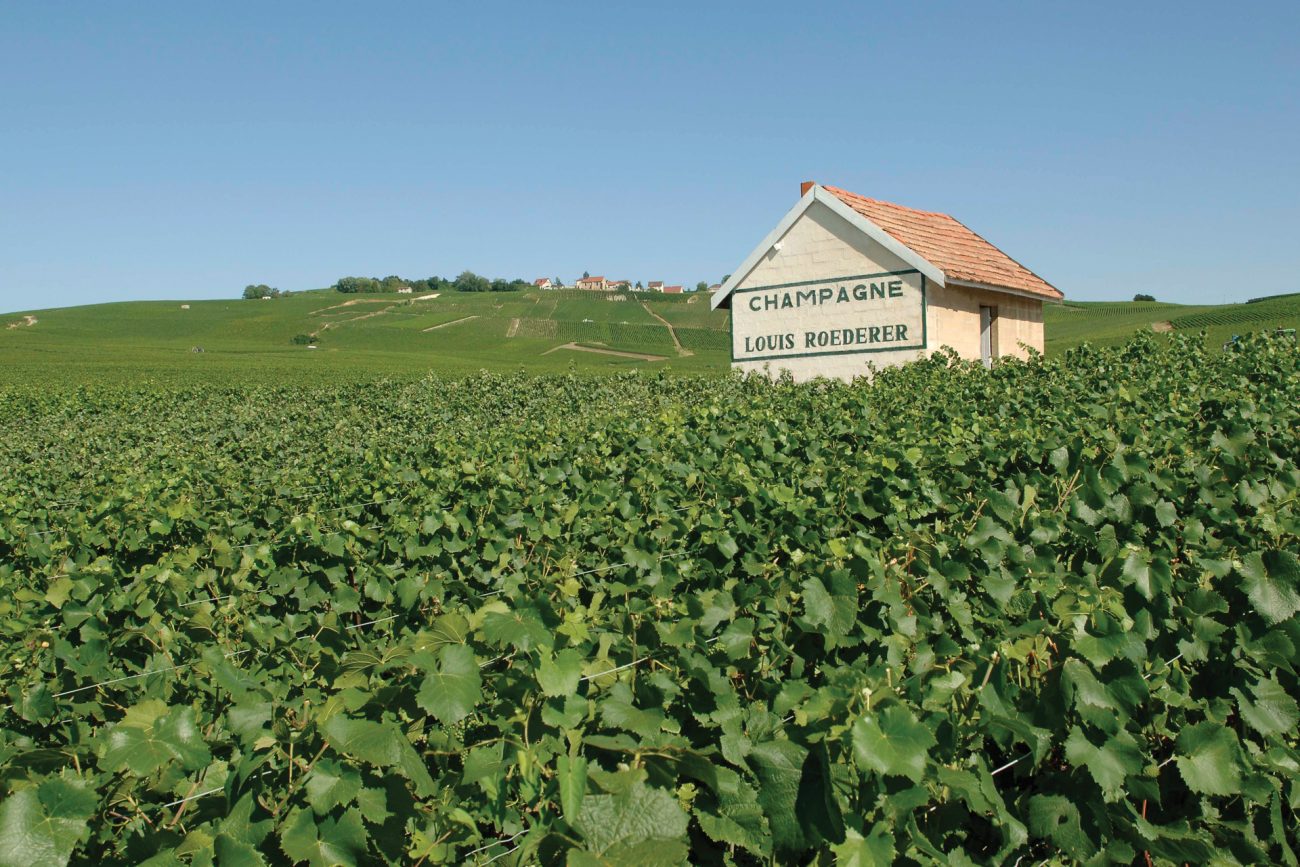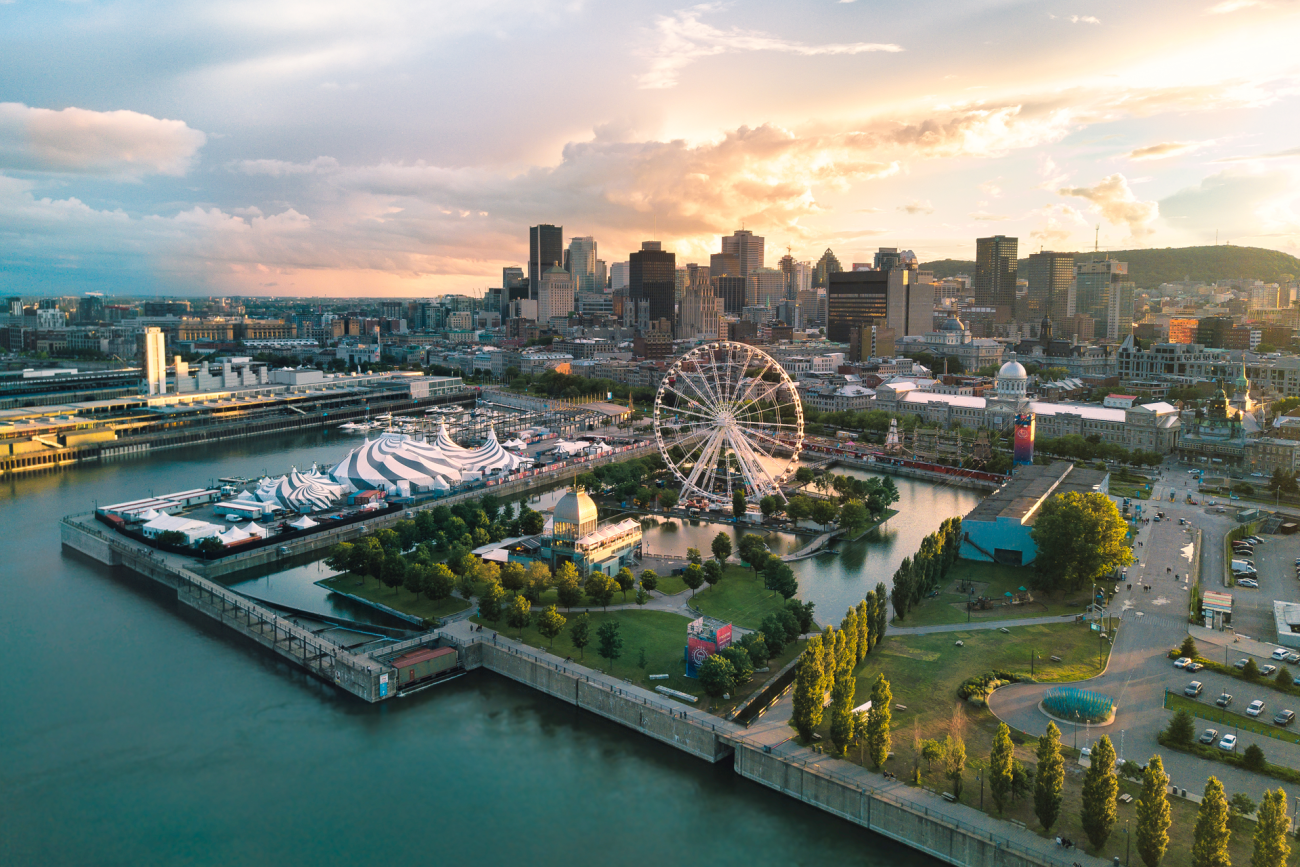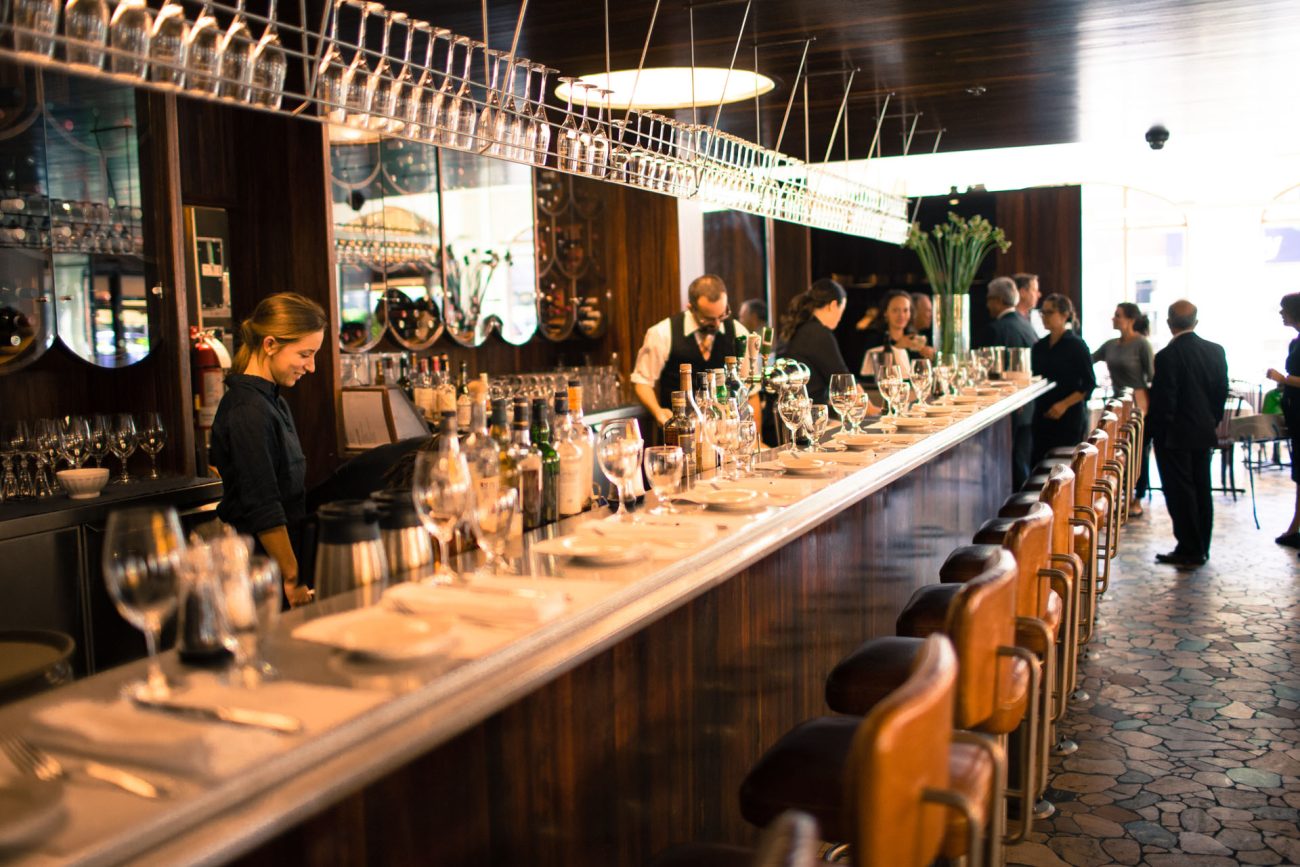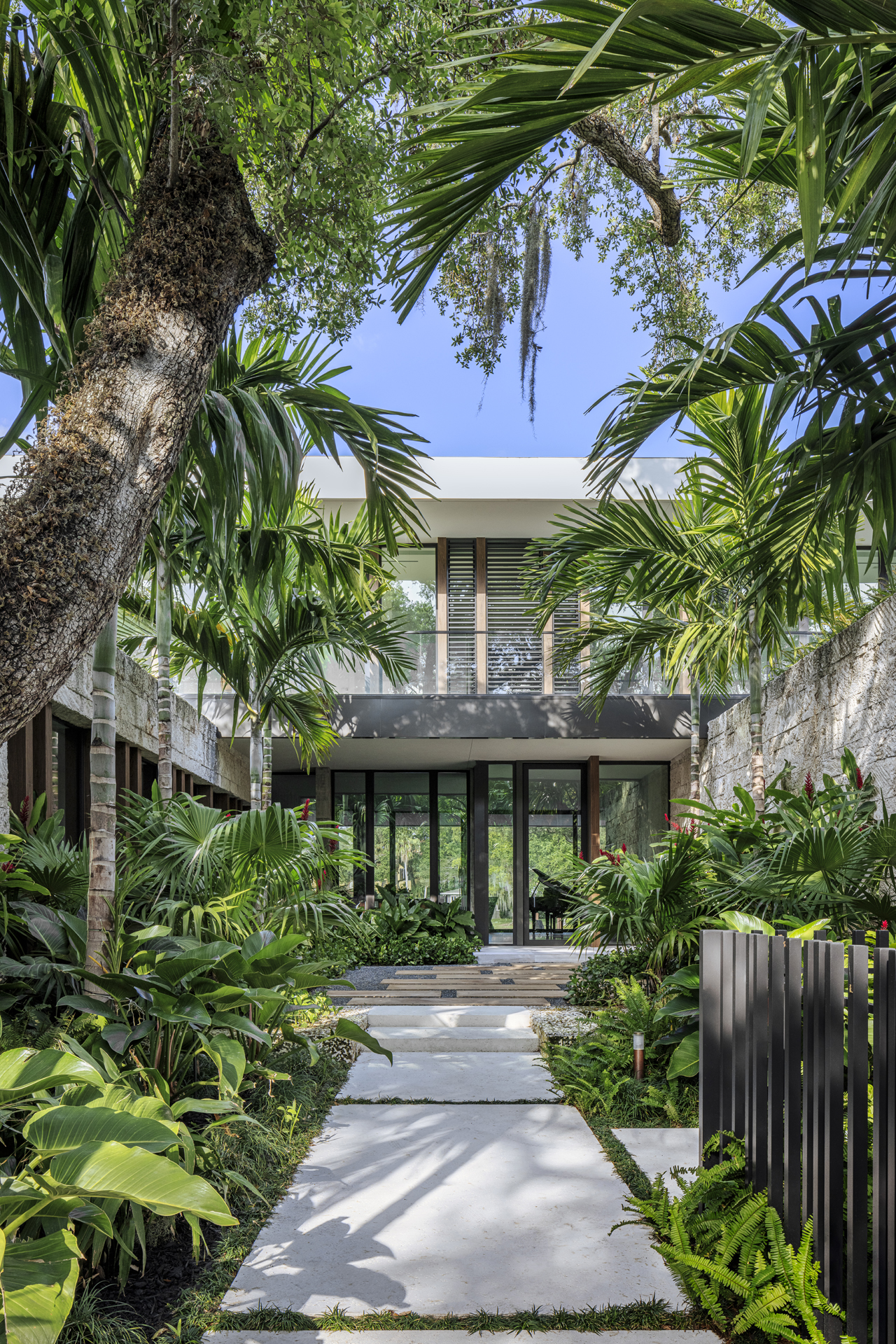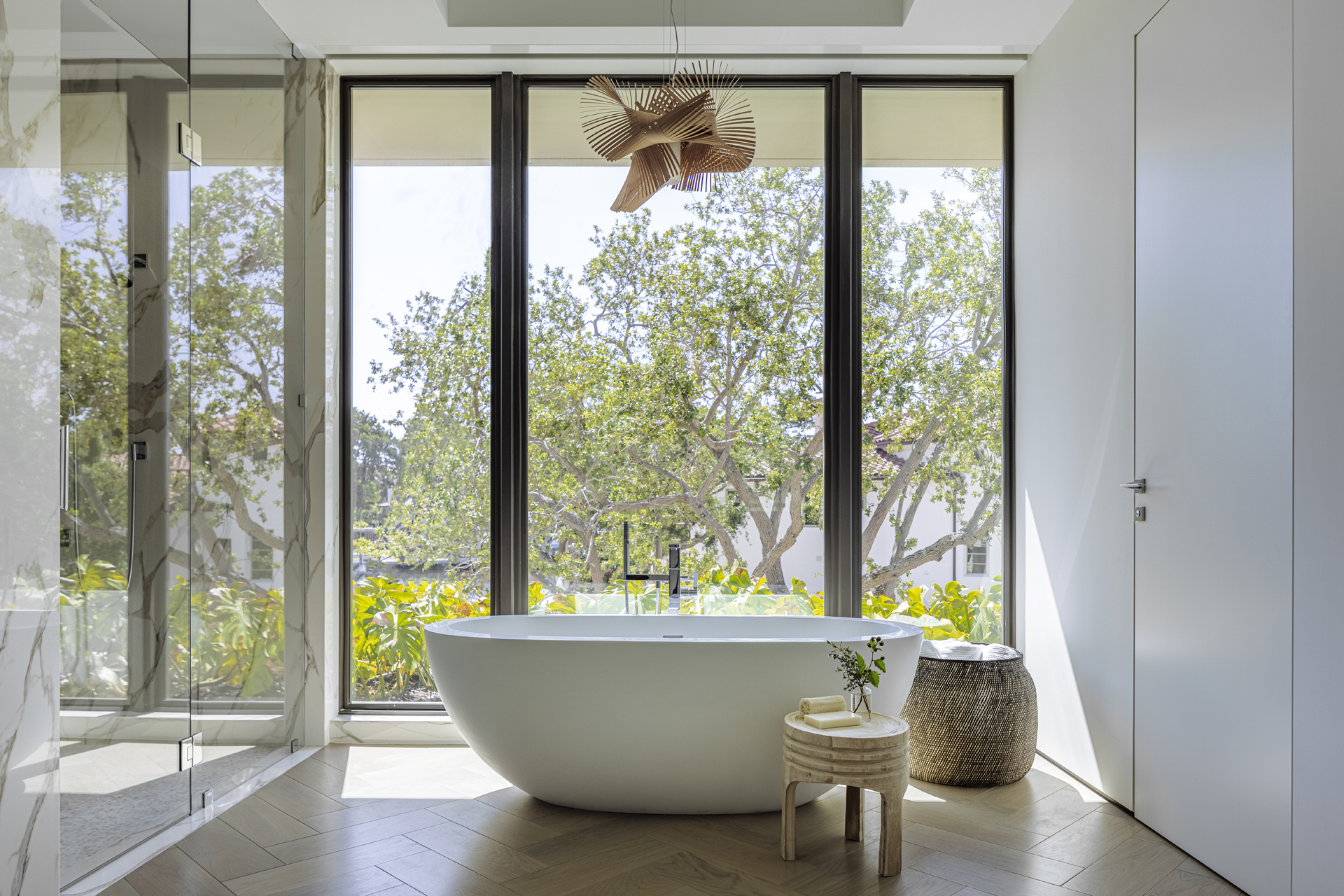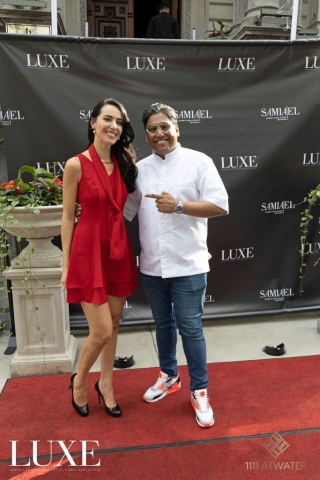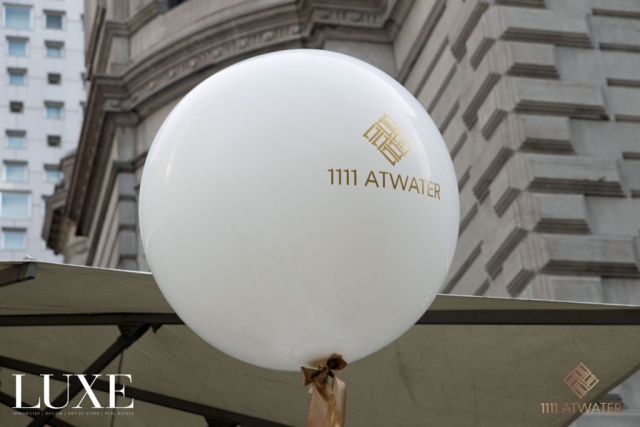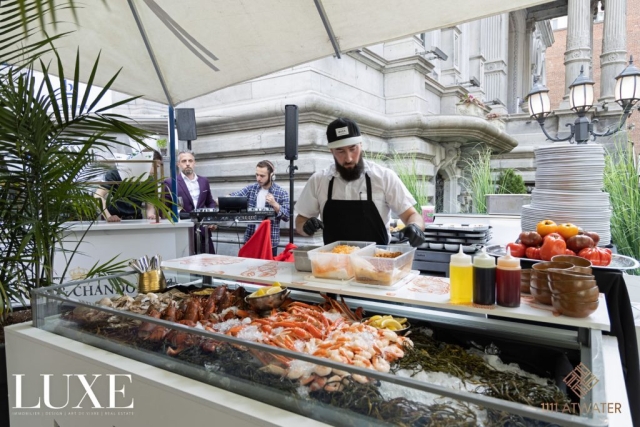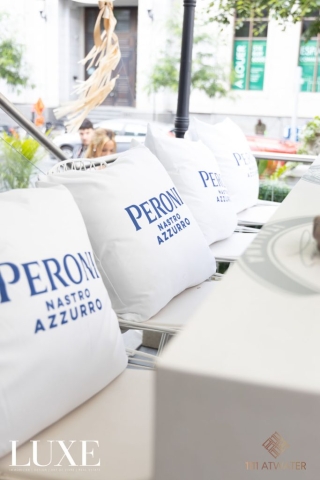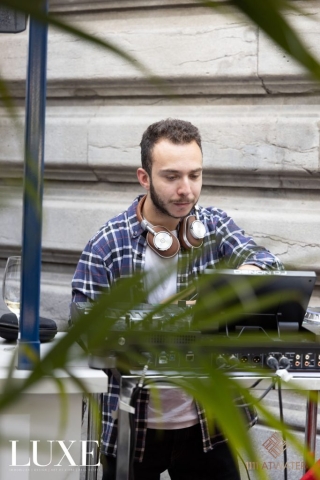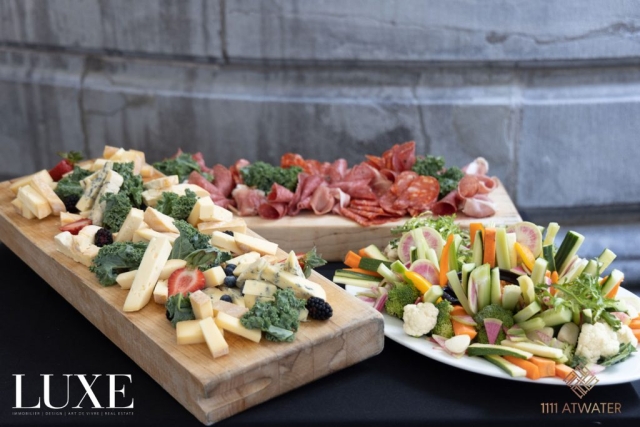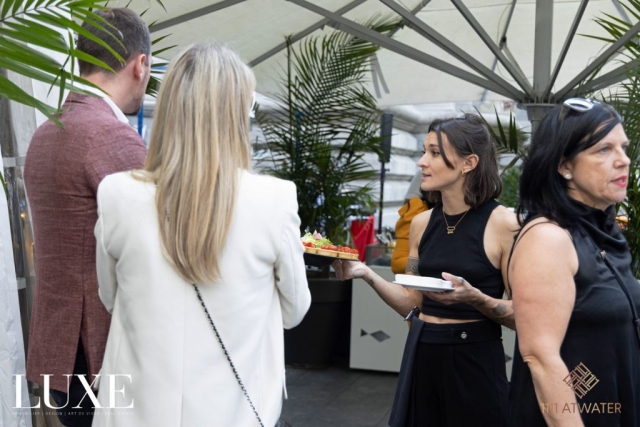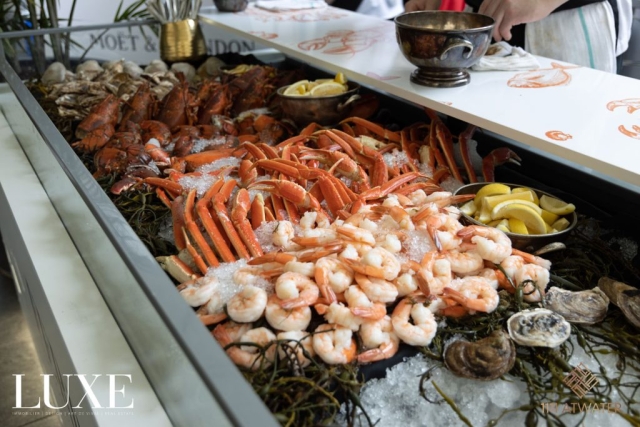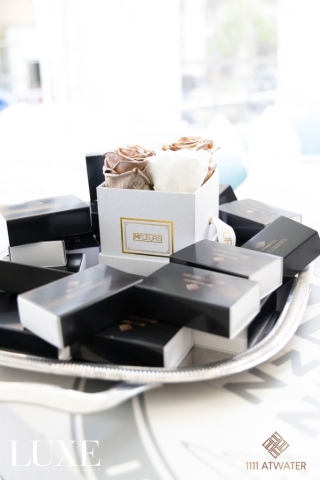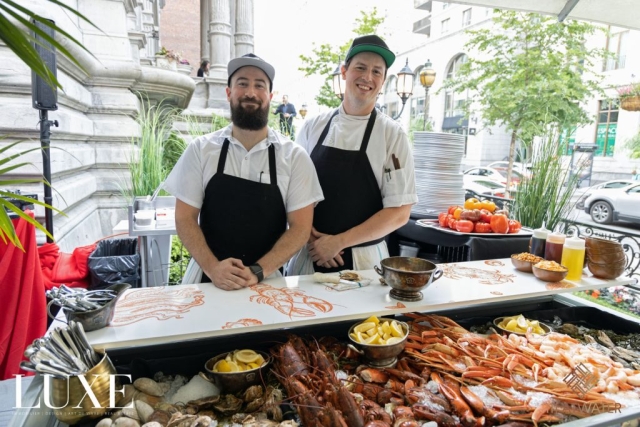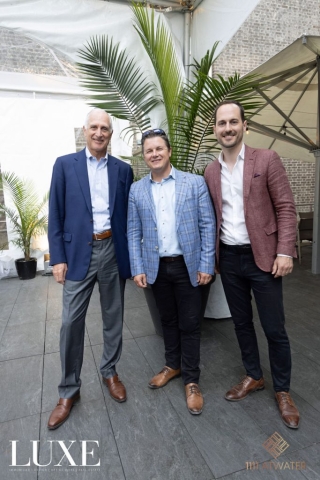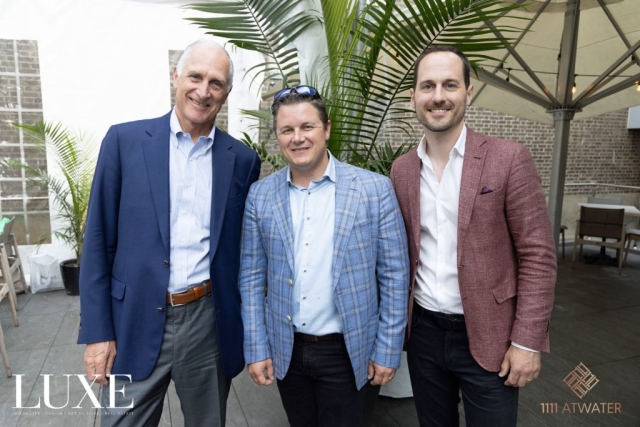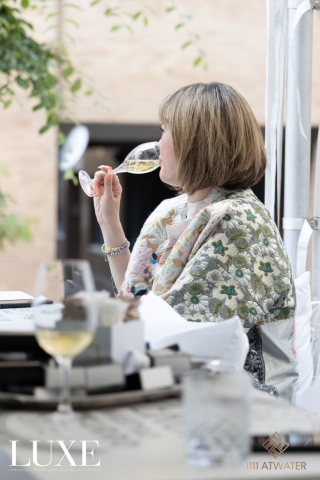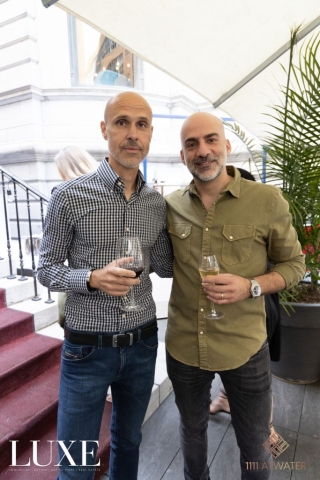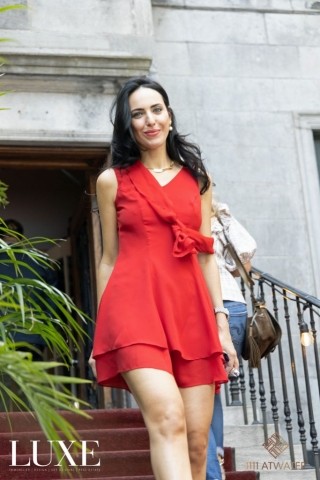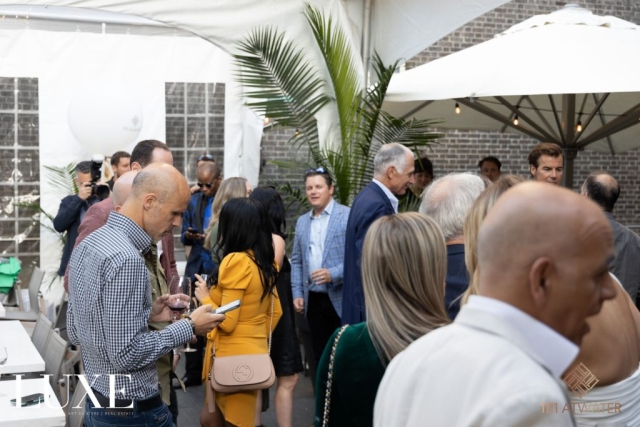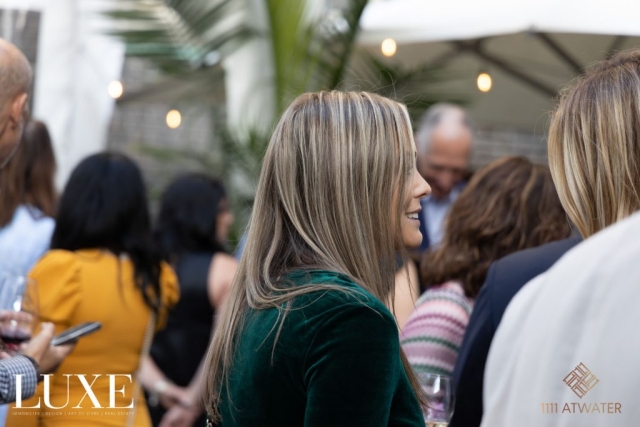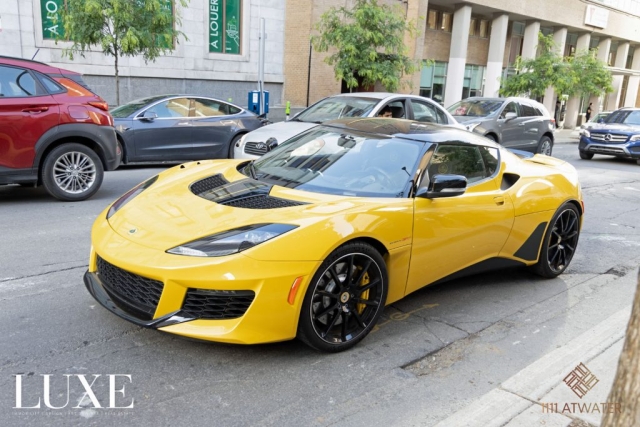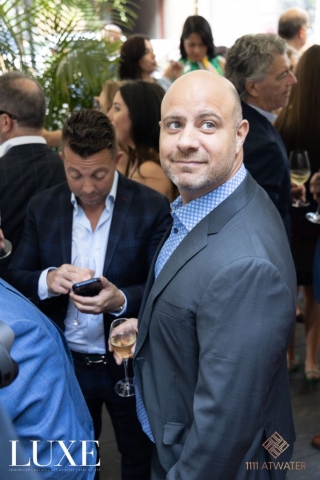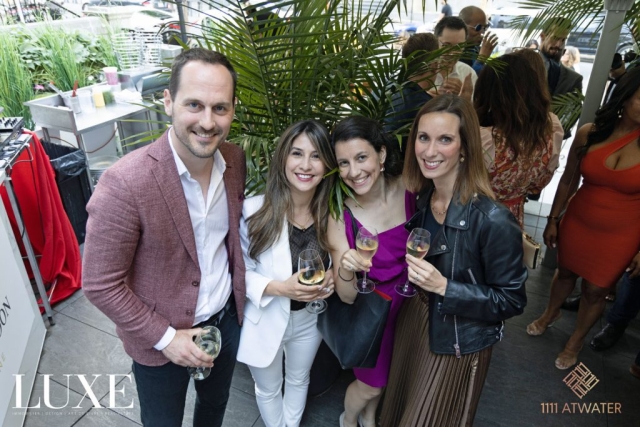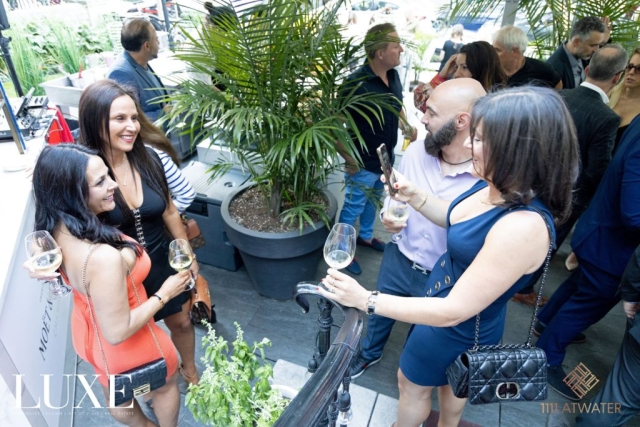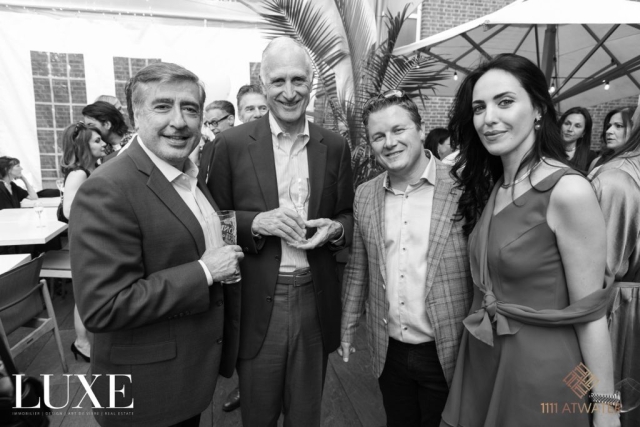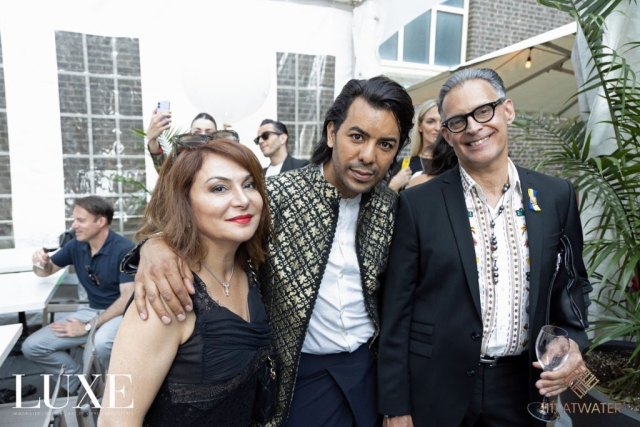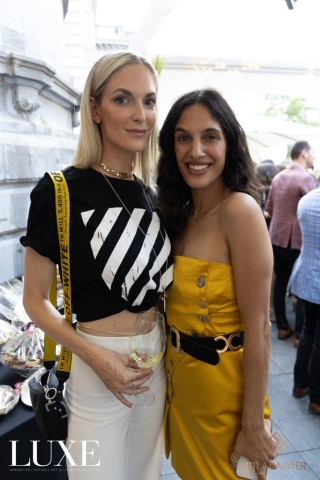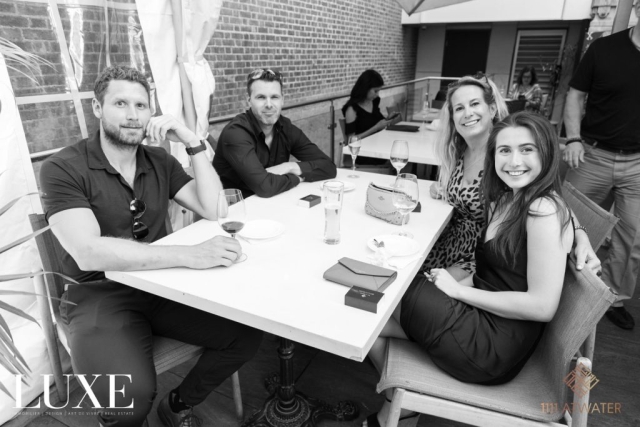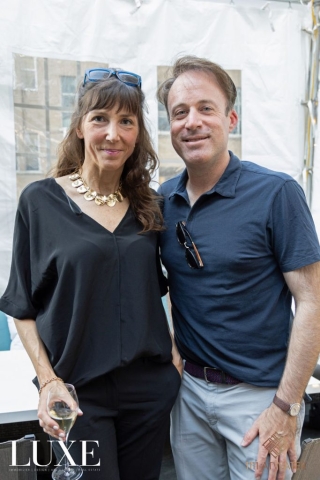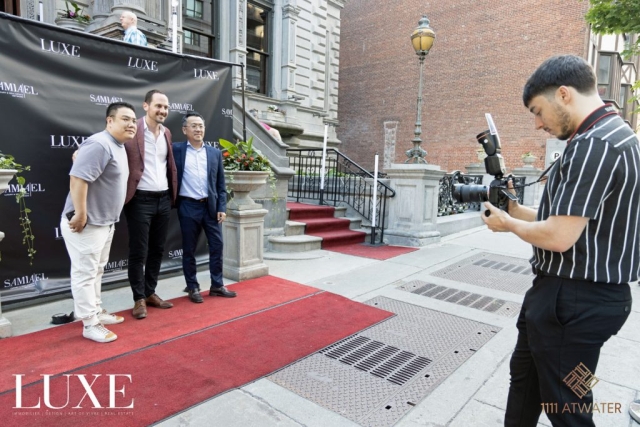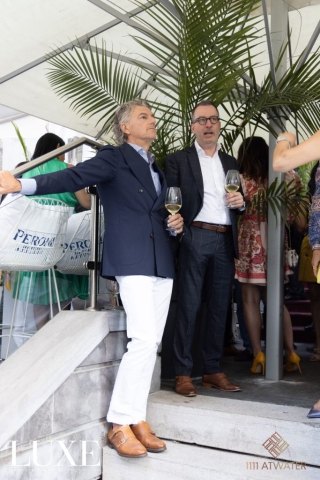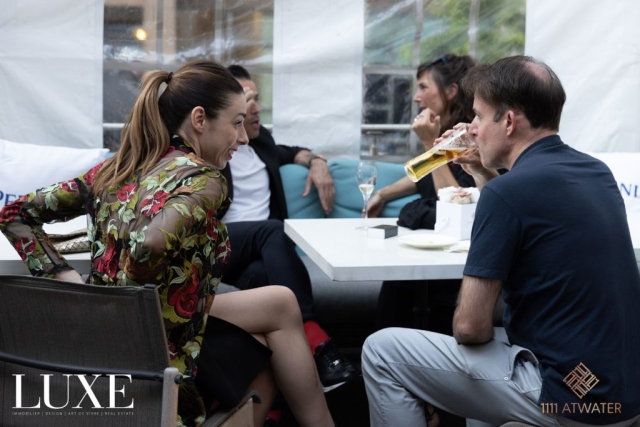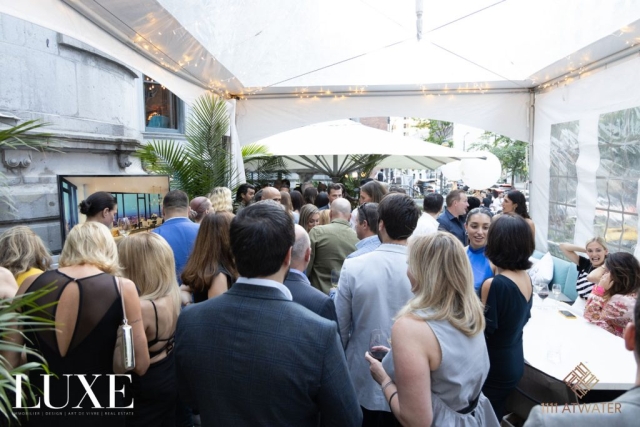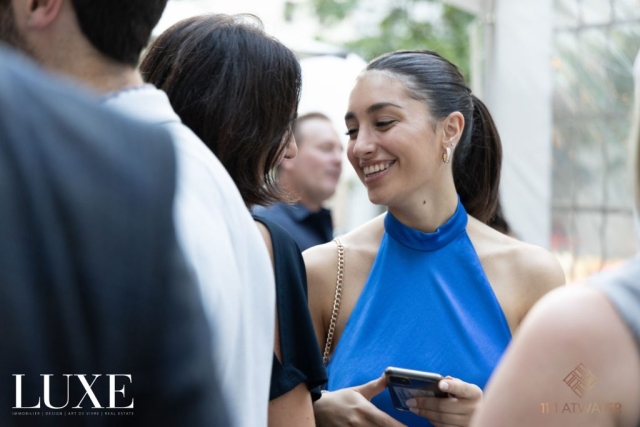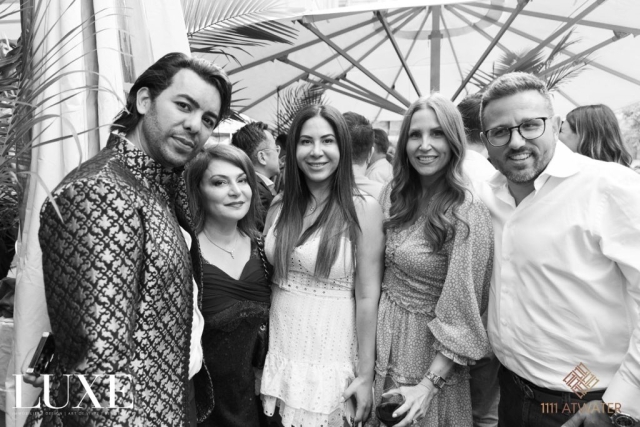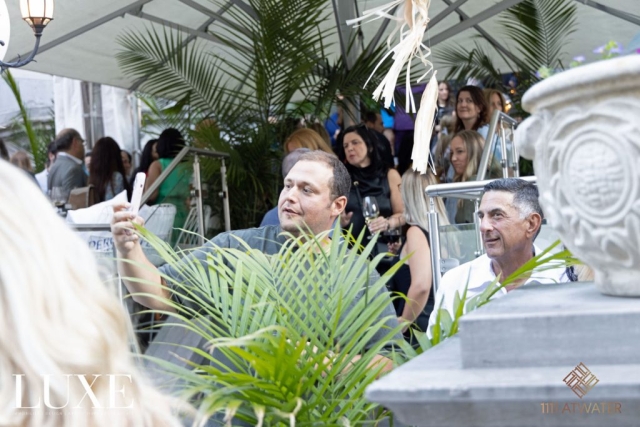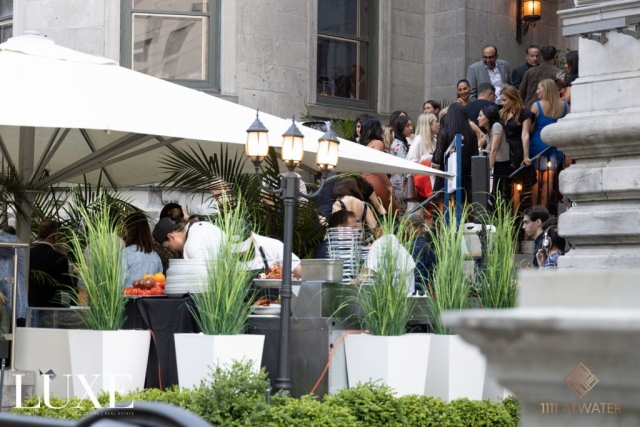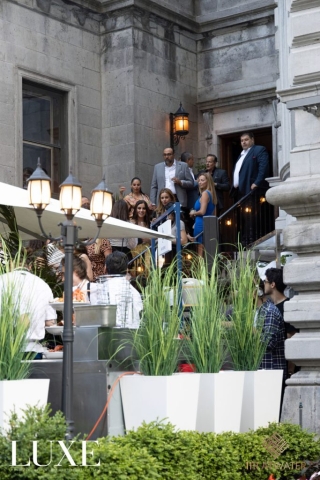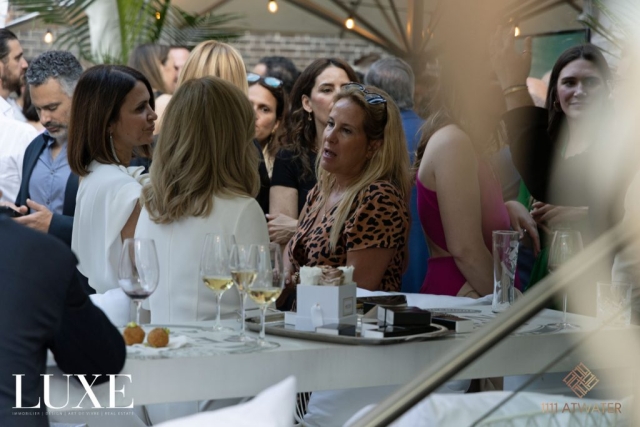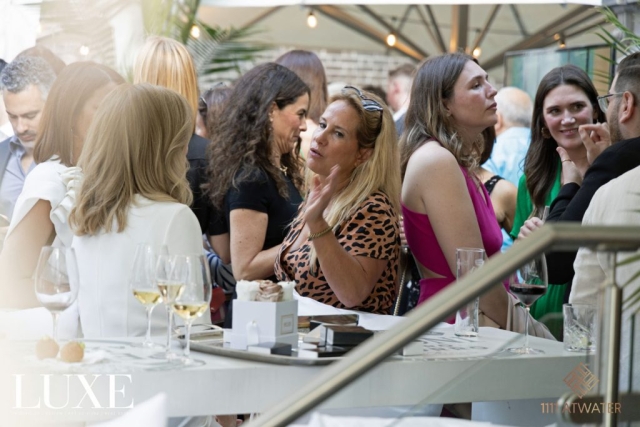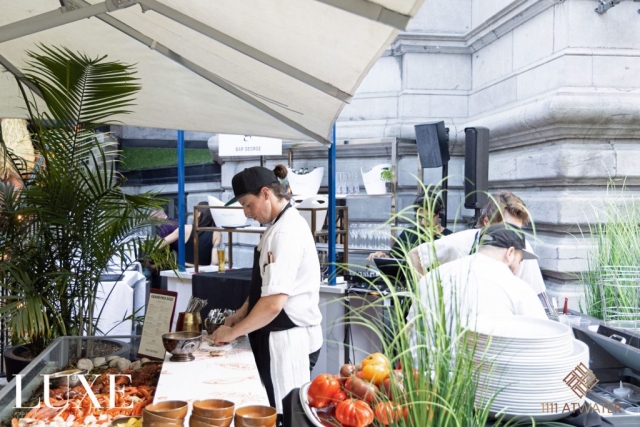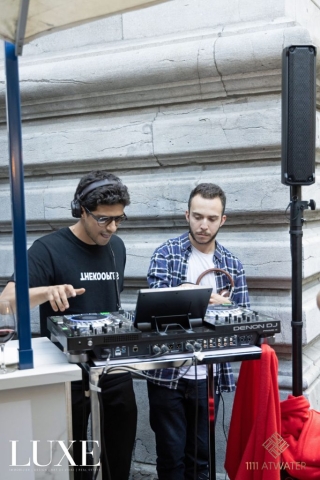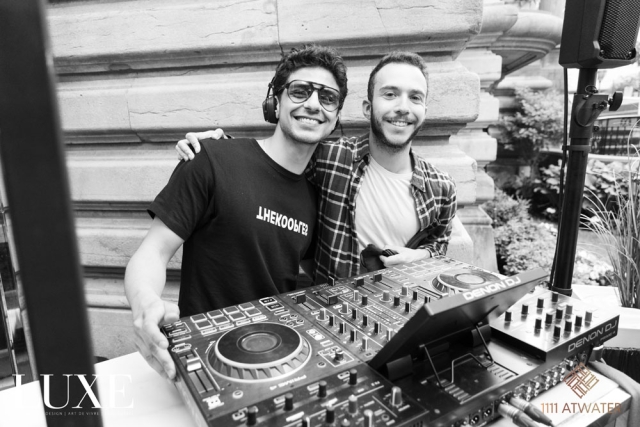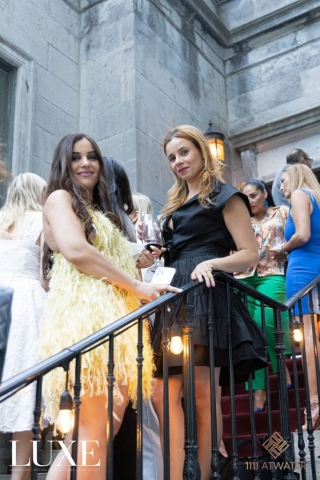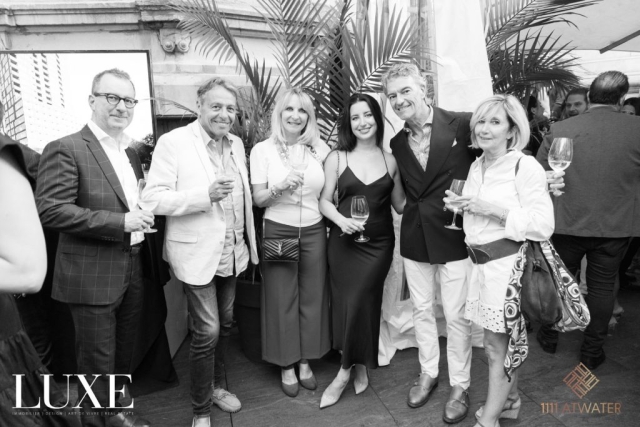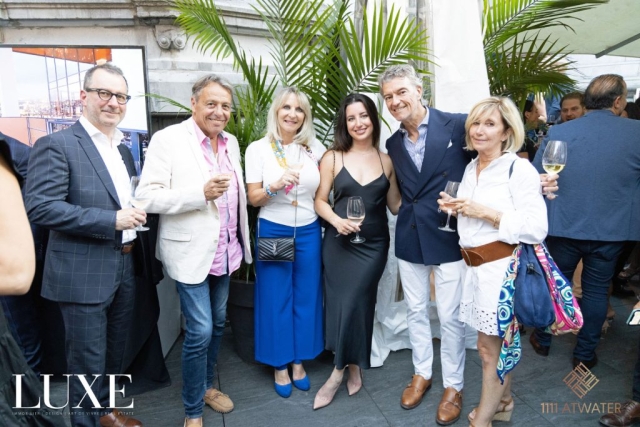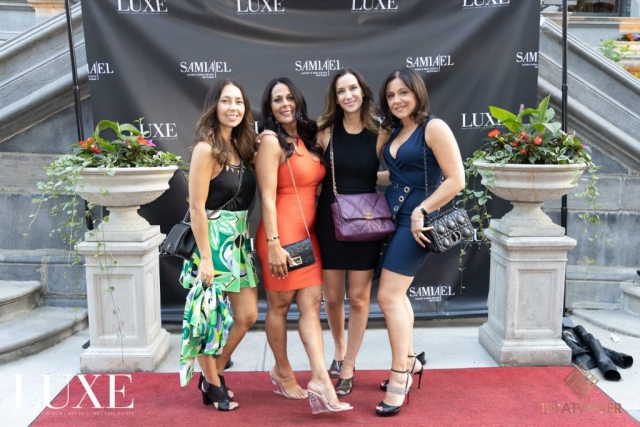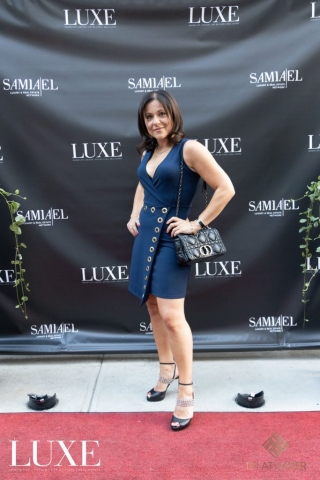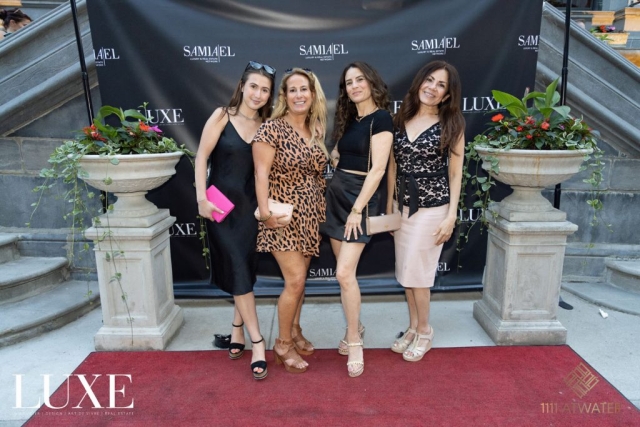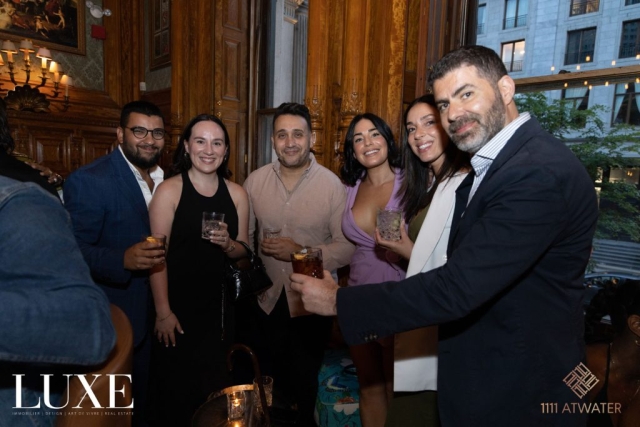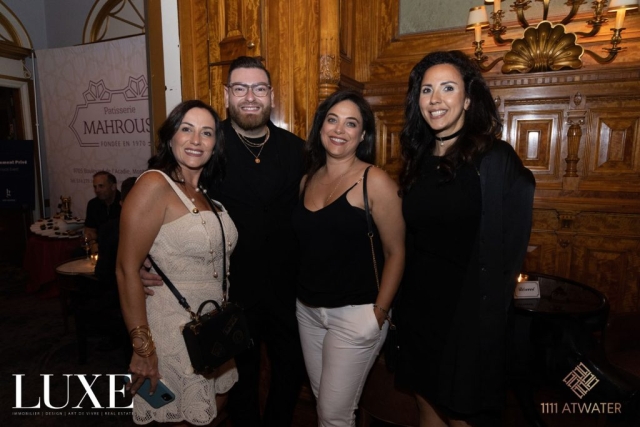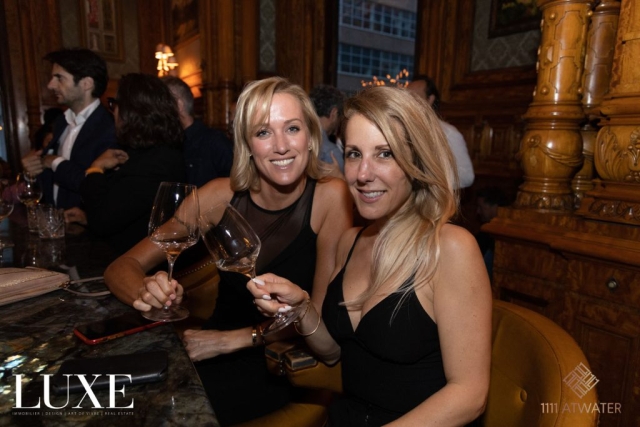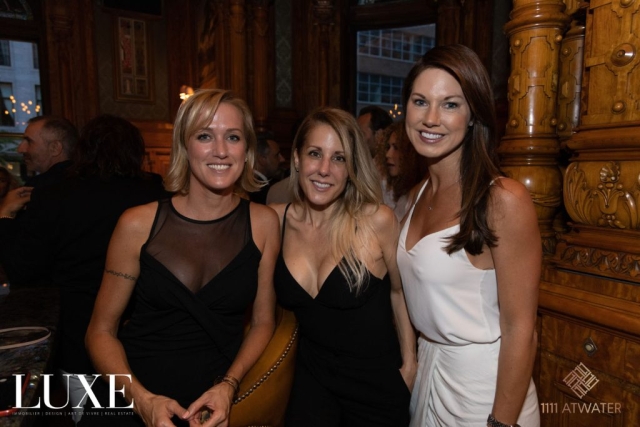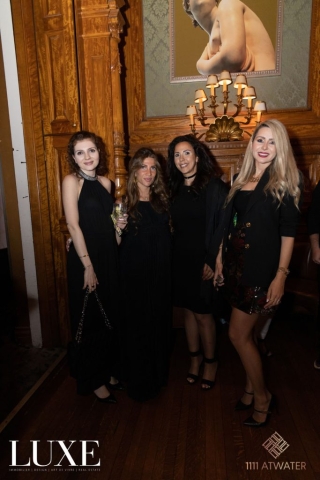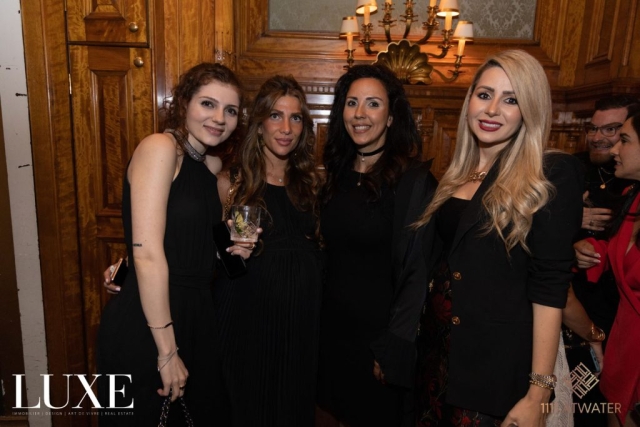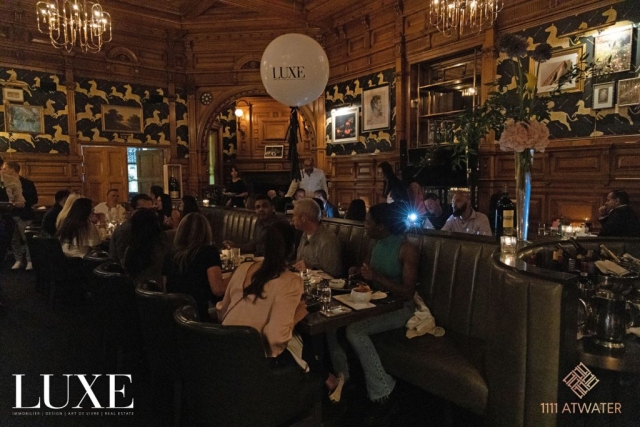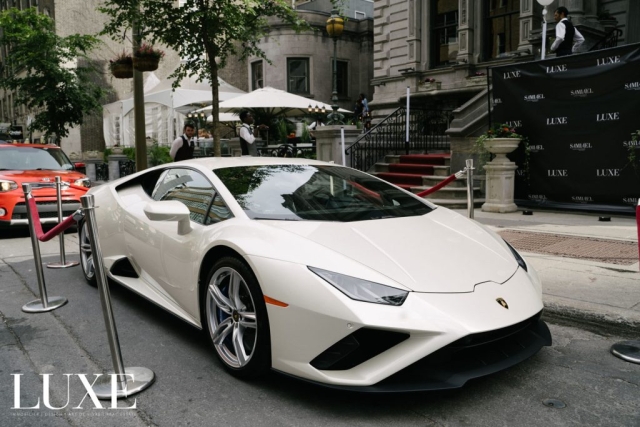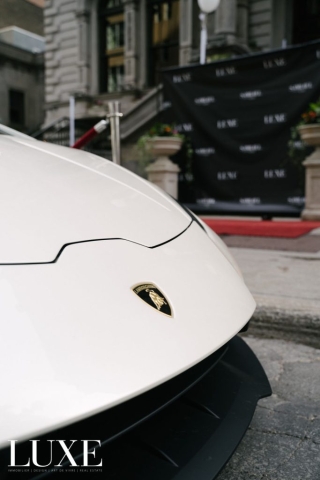On the occasion of the LVMH Watch Week, Bulgari introduced four new Serpenti secret watches revisiting the iconic design from the 1950s. These models are all equipped with the new ultra-small Piccolissimo mechanical movement, one of the smallest in the world, entirely conceived and produced within the Bulgari Manufacture in Le Sentier. Measuring 12.30 mm in diameter and 2.50 mm thick, the BVL100 caliber is housed in the head of the reptile within a dedicated container.
In collaboration with Europa Star
Bulgari has reinvented the emblematic reptile on its Serpenti line for decades. How could we forget the model created for Elizabeth Taylor when she played Cleopatra in Rome’s Cinecittà studios in 1962? Rooted in numerous ancient cultures, the snake embodies multiple symbolic values including womanhood, rebirth, luck, seduction, and temptation.
The first Serpenti secret watches were introduced in the late 1950s, and the BVL100 caliber revives the very small mechanical ‘motors’ that equipped all women’s watches until the early 1970s. Measuring 12.30 mm in diameter and 2.50 mm thick, the movement is housed in the head of the reptile within a dedicated container. The Manufacture leveraged its rich experience in the domain of Finissimo watches to create a very compact movement weighing only 1.30 grams.
The BVL100 caliber revives the very small mechanical ‘motors’ that equipped all women’s watches until the early 1970s.
The extreme miniaturisation of its 102 components is illustrated in the barrel featuring a total diameter of just 5.00 mm for a thickness of 1.47 mm and a spring that is 170 mm long before being wound. Moreover, to ensure the greatest inertia according to the very small size of the movement, Bulgari opted for a white gold balance wheel.

Pressing the snake’s tongue on the Serpenti Misteriosi opens the head to reveal the watch. A bidirectional crown located on the caseback enables manual winding and time-setting. This dual function operates by means of a system of reversers.
The launch of the Octo Finissimo in 2014 was a defining moment in the history of Bulgari watches. Topping one record after the other for seven consecutive years, the brand has become the master of ultra-thin movements and redefined the aesthetic of the luxury sport watch in a distinctive and contemporary design language.
After exploring the limits of ultra-thin mechanical watchmaking, Bulgari now lays a new milestone in the field of ultra-small with Piccolissimo, the Italian for “very small”. With it, the brand opens new territories of expression for its ladies’ watches and celebrates the brand’s first iconic Serpenti secret timepieces.

The new Serpenti Misteriosi timepieces are opulent and colourful, with a strong emphasis on the mastery of decorative arts and jewellery virtuosity. Several iterations, in two- or three-colour gold or combined with steel, confirm Bulgari’s expertise with daring colour combinations, intricate craftsmanship and unconventional materials. Square, circular, rectangular and octagonal shapes were adopted for the dial, sometimes evoking the snake head.
The new Serpenti Misteriosi timepieces are opulent and colourful, with a strong emphasis on the mastery of decorative arts and jewellery virtuosity.

The pieces illustrate the creativity that Bulgari has mined with Serpenti: the scales could be reproduced with diamonds, polychrome enamel or gemstones. In other models, the scales are transformed into playful “boules”, soldered one by one to form an intricate gold mesh. The head of the animal is completely different on each model, and adorned with pave, baguette-, navette-, brilliant- or marquise-cut diamonds.
The watches’ many constituent parts are individually shaped before being decorated, gem-set and assembled. Particular attention has been paid to the overall design of the precious metal structure forming the bracelet and the head to ensure that it is comfortable and light to wear.

In the lacquered versions, the semi-transparent lacquer is hand-applied and dried, multiple times, crystallising as it dries. The metal of the scales features a hand-made striped pattern, which gleamingly enhances the brilliance of the special décor.
There is a bewitching interpretation in yellow and white gold: the snake wraps itself around the wrist with a double-tour yellow gold bracelet entirely adorned with brilliant-cut diamonds on the white gold head and tail. The animal’s head is graced with a flower set with round-cut diamonds, becoming the incredible focal point of the hypnotic timepiece.

In the pure tradition of the first Serpenti presented in the 1950s, these new creations combine excellent know-how with Swiss watchmaking expertise to reflect the art of the jeweler of the time. Echoing the inspiring models, each timepiece is designed to be worn on either wrist: the container hidden within the snake’s head—housing the diamond-encrusted dial and the underlying movement—can be easily removed and turned in the other direction so as to be easily visible on the left or right arm.
In the pure tradition of the first Serpenti presented in the 1950s, these new creations combine excellent know-how with Swiss watchmaking expertise to reflect the art of the jeweler of the time.

Serpenti Misterosi High Jewellery 103559

Movement Mechanical manual winding micro-movement, BVL 100 Piccolissimo caliber, 12.30 mm in diameter, 2.50 mm thick, 1.30 gr in weight, 21 jewels, 102 components, 21,600 VpH, 30-hour power reserve; crown on the caseback, bi-directional for time-setting and winding. Case, dial and bracelet 40 mm black-lacquered rose gold case, 2 pear-cut diamonds for the eyes (0.3 ct), diamond-paved dial; black-lacquered rose gold double-tour bracelet.
Serpenti Misterosi High Jewellery 103560

Movement Mechanical manual winding micro-movement, BVL 100 Piccolissimo caliber, 12.30 mm in diameter, 2.50 mm thick, 1.30 gr in weight, 21 jewels, 102 components, 21,600 VpH, 30-hour power reserve; crown on the caseback, bi-directional for time-setting and winding. Case, dial and bracelet 40 mm white gold case, green-lacquered and set with brilliant-cut diamonds, 2 pear-cut emeralds for the eyes (0.4 ct), diamond-paved dial; green-lacquered white gold double-tour bracelet set with brilliant-cut diamonds. Total 369 diamonds (8.35 cts).
Serpenti Misterosi High Jewellery 103558

Movement Mechanical manual winding micro-movement, BVL 100 Piccolissimo caliber, 12.30 mm in diameter, 2.50 mm thick, 1.30 gr in weight, 21 jewels, 102 components, 21,600 VpH, 30-hour power reserve; crown on the caseback, bi-directional for time-setting and winding. Case, dial and bracelet 40 mm rose gold case set with brilliant-cut diamonds and turquoise inserts, 2 pear-cut rubellites for the eyes (0.4 ct), diamond-paved dial; double-tour rose gold bracelet set with diamonds and turquoise inserts. Total 724 diamonds (18.05 cts).
Serpenti Misterosi High Jewellery 103561

Movement Mechanical manual winding micro-movement, BVL 100 Piccolissimo caliber, 12.30 mm in diameter, 2.50 mm thick, 1.30 gr in weight, 21 jewels, 102 components, 21,600 VpH, 30-hour power reserve; crown on the caseback, bi-directional for time-setting and winding. Case, dial and bracelet 40 mm white gold case and head set with 626 round brilliant-cut diamonds (15.83 cts), 2 pear-cut emeralds for the eyes (0.4 ct), diamond-paved dial; yellow gold double-tour bracelet set with round brilliant-cut diamonds, white gold tail set with round brilliant-cut diamonds. Total 795 diamonds (16.59 cts).
www.europastar.com
Text: Europa Star







